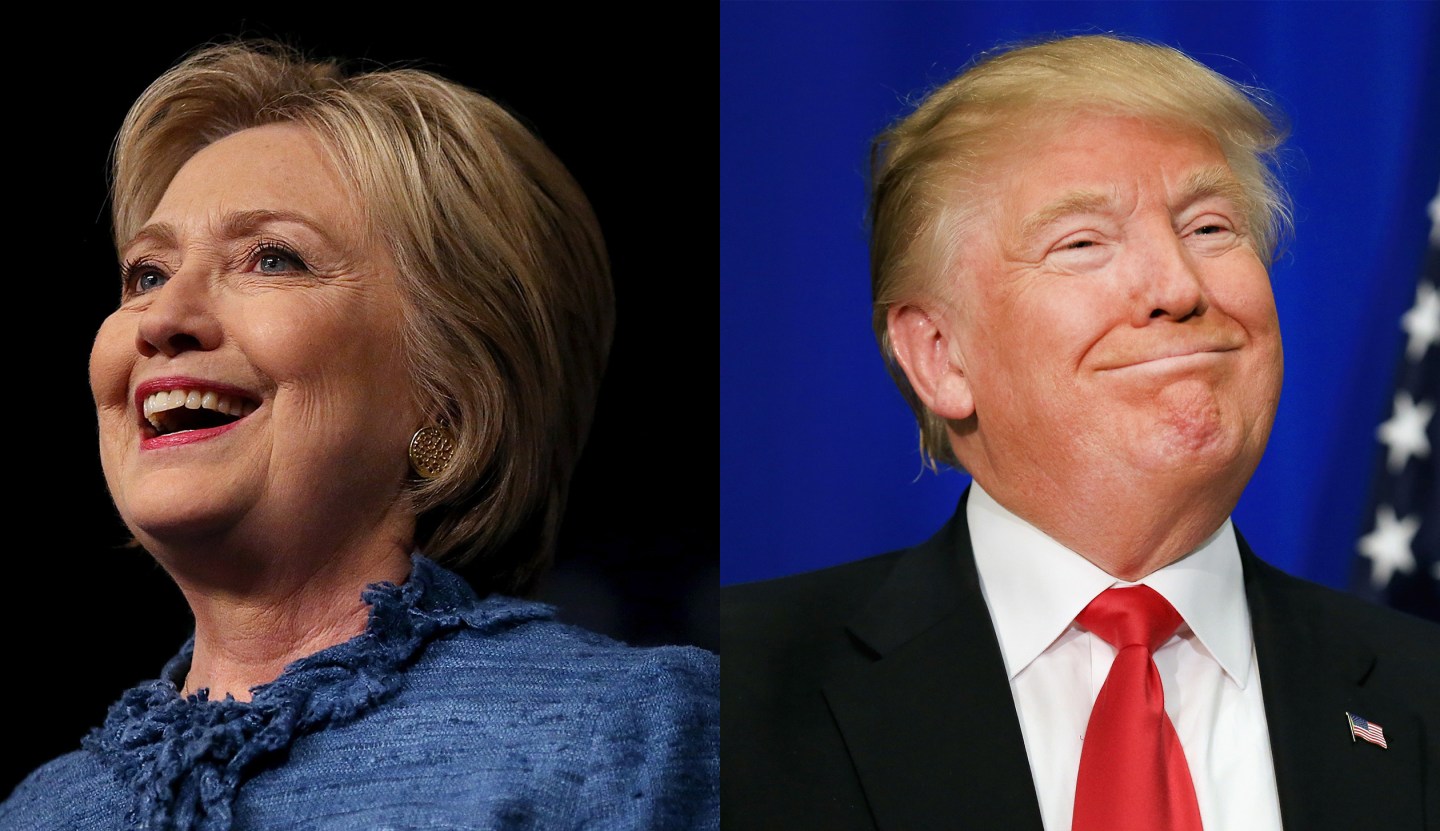The issue of jobs is going to be a minefield for both parties’ presidential frontrunners. Will Hillary Clinton or Donald Trump dare to think about it creatively and campaign on it unconventionally?
We’ll hear more about it on Friday when the March jobs report is released. Economists expect it to show that about 200,000 new jobs were created this month, not great but not bad, and the unemployment rate should hold around its current 4.9%, an impressively low number. Here’s why that seemingly strong trend is actually a problem for Clinton: She has wrapped herself in President Obama’s record on many issues, including the economy—he inherited a historic recession, and now look, the economy has created millions of jobs and the unemployment rate is the lowest since before the recession began; it’s a beautiful picture. Trouble is, the employment picture is actually terrible.
That’s because the world of work is changing so profoundly that traditional measures don’t tell us what matters most. The unemployment rate, for example, makes no distinction between full-time and part-time workers; if you’re working at all, you’re counted as employed. Dig deeper and you find that even now, after almost seven years of economic recovery and expansion, the number of people working part-time “for economic reasons” is still higher than at any time since the worst part of the mid-1990s. In addition, the number of people unemployed for 27 weeks or longer is still higher than at any time since the worst effects of the 2001-2002 recession. The combined percent of people who are unemployed or who want a job but have given up looking or who are working part-time for economic reasons is likewise higher than at any time since the worst effects of the 2001-2002 recession.
Sign up for Power Sheet, Coins2Day’s daily morning newsletter on leaders and leadership.
In other words, the employment picture by many measures looks like it did at its worst in previous recessions—but this time it’s after seven years of growth. Clinton is being forced to argue that a jobs situation we’ve always considered awful is now excellent. Making that case to voters will not be easy.
All this plays straight into Trump’s hands, right? Not necessarily. He has famously promised that “I will be the greatest jobs president God ever created.” But how? One can certainly criticize Obama’s economic policies and Clinton’s proposed policies, but evidence suggests that today’s terrible employment picture reflects more than just conventional policy mistakes. Consider American men age 25 to 54, the group that our society most expects to be working. In the 1950s and 1960s, only about 5% of them were not working. Today about 15% of them are not working, and the increase has been more or less steady. Something large is going on independently of who’s president.
Disincentives to work in the form of richer social insurance benefits are likely a factor, as is cheap overseas labor. It also seems highly likely that advancing technology may be a factor, and Trump’s strongest supporters, men with less-than-college educations, are exactly the group that technology has displaced most easily.
Trump hasn’t described a policy for that problem, or any employment policy other than closing the borders to imports. In fact, neither Trump nor Clinton nor anyone else has described a comprehensive policy for helping Americans adapt to a fast changing new world of work as technology advances. Will any candidate dare to talk about it? I doubt it, because I doubt that any of them has a persuasive proposal. That’s all the more reason for us to remember, as the candidates talk about jobs, that they’re probably evading the central question.

